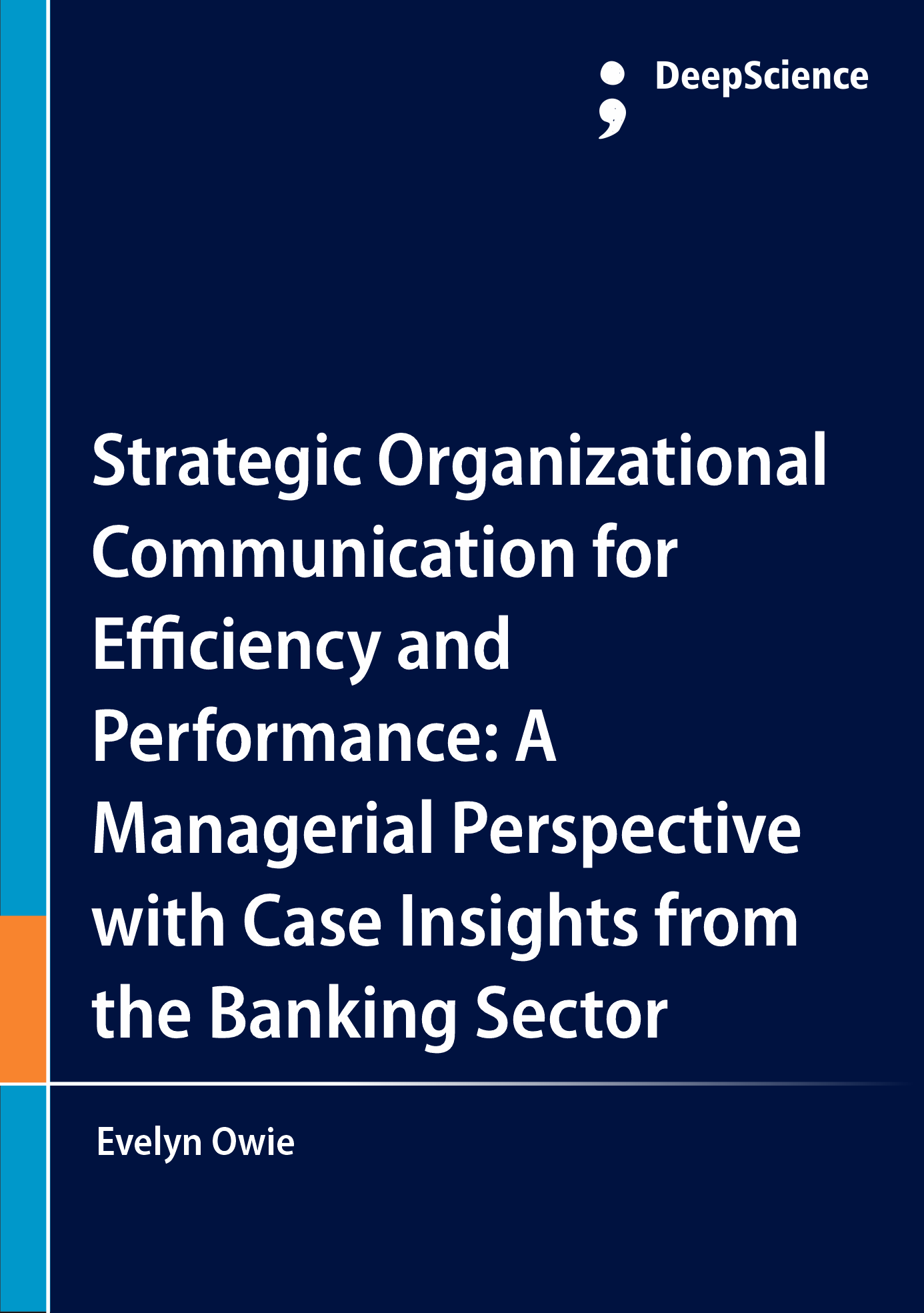Communication in organizational management, conceptual foundations and sectoral relevance
Synopsis
Communication serves as a catalyst for change and forms the backbone of organizational growth. Fostering effective interaction and understanding in management-employee relations is essential for enhancing the performance of all stakeholders within the communication process. Banihashemi (2011) characterizes communication both “as a means to achieve performance goals and as an intrinsic end in itself”. Fundamentally, communication is the process of transferring information between individuals. Stephen (2011) emphasizes its critical role in “directing and mobilizing the workforce towards organizational objectives by fostering understanding, cooperation, and effective performance”. Smart managers, according to Williams (2007), recognize that “clear and direct communication between managers and employees is vital for success”. Research on communication refers to it as the bloodstream of an organization, highlighting its essential role in effective team performance (McKinney Jr, Barker, Smith, & Davis, 2004).
Consequently, organizations that grasp the significance of communication integrate it into their operational environment to ensure the coordination of production factors, particularly the human and material elements, within an efficient network for change and advancement (Robbins & Judge, 2019). Communication research suggests that the communication process as initiated by the sender, followed by encoding, the message, the channel, decoding, the receiver, and influenced by noise and feedback (Snavely, 2001; Robins, 2006). Managers reportedly spend over 80% of their day communicating, underscoring its importance as most basic management functions—planning, organizing, leading, and controlling—rely on effective communication. The growing interconnectedness of the global community has further increased the importance of communication. The need for global visibility has driven many organizations, such as United Bank for Africa Plc (UBA), to adopt new technologies like e-learning and e-training to equip staff with the skills needed to use the internet for communicating policies, procedures, staff development initiatives, and more (UBA, n.d)
This initiative marks a significant step for UBA towards establishing a fully networked environment for effective communication and enhanced performance. Therefore, emphasizing innovation and the effective use of communication mediums or channels is crucial for achieving high performance rates. Any disruption in the communication process can have severe negative impacts on organizational performance.
Furthermore, recognizing that poor communication is a primary reason for career stagnation (Lepsinger & Lucia, 1997), it is imperative for UBA's management to identify the optimal channels for conveying messages to their staff to ensure effective and positive feedback. While various barriers to communication exist, including filtering, selective perception, information overload, personal bias, language, and communication apprehension, (Robbins & Judge, 2023) management must actively address these obstacles to achieve effective outcomes.
Therefore, the aim of this paper is to identify the roles played by UBA's management in transmitting and managing information to enhance staff performance, predicated on the understanding that effective communication drives high performance (Daft, 2022). This paper will first briefly explain the concepts and importance of effective communication, along with the relationship between communication and organizational performance. Subsequently, empirical studies will be reviewed, and an analysis will be conducted focusing on the case of UBA Group.













